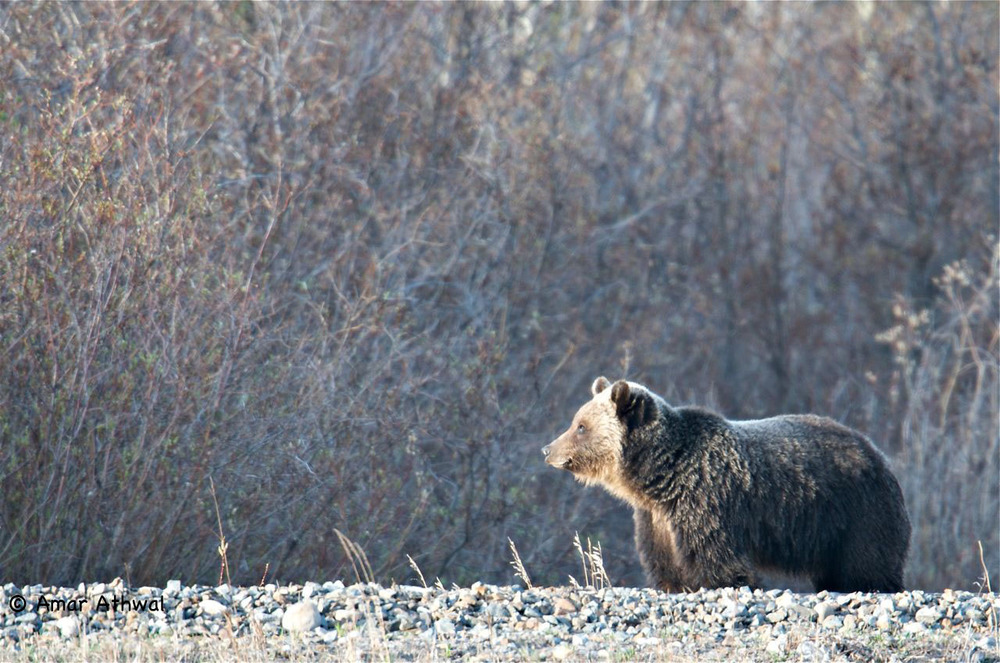A claw is a curved, pointed appendage found at the end of a toe or finger in most mammals, reptiles, and birds. Claws are made of a hard protein called keratin, which also makes up scales, hair, feathers, horns, hooves, and even our nails. For many predatory mammals, claws can partially retract into the animal’s paws. For example, members of the cat family (Felidae) have retractable claws. Having retractable claws helps protect them from wear and tear.
The grizzly bear has claws which are always on display, and are crucial for its survival. These claws vary in length depending on the size and age of the bear, with an average length of 5 to 10 cm, though some claws can reach up to 15 cm. The main function of the grizzly’s claws is to provide protection and aid in survival in a tough habitat. However, they also play an important role in the bear’s daily life, such as searching for food and shelter. They are excellent for digging dens and for searching for food, like roots and rodents. Long claws also help grizzly bears climb steep slopes when heading to their den or in search of food.
This picture of M136 was taken in November when he and M122 were still searching for food. Using his claws and other tools, M136 had gained enough fat to survive another winter in his den.















